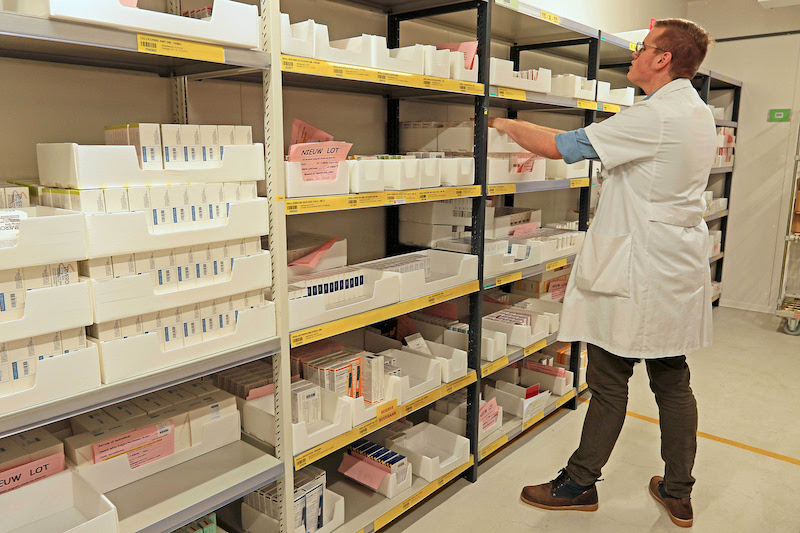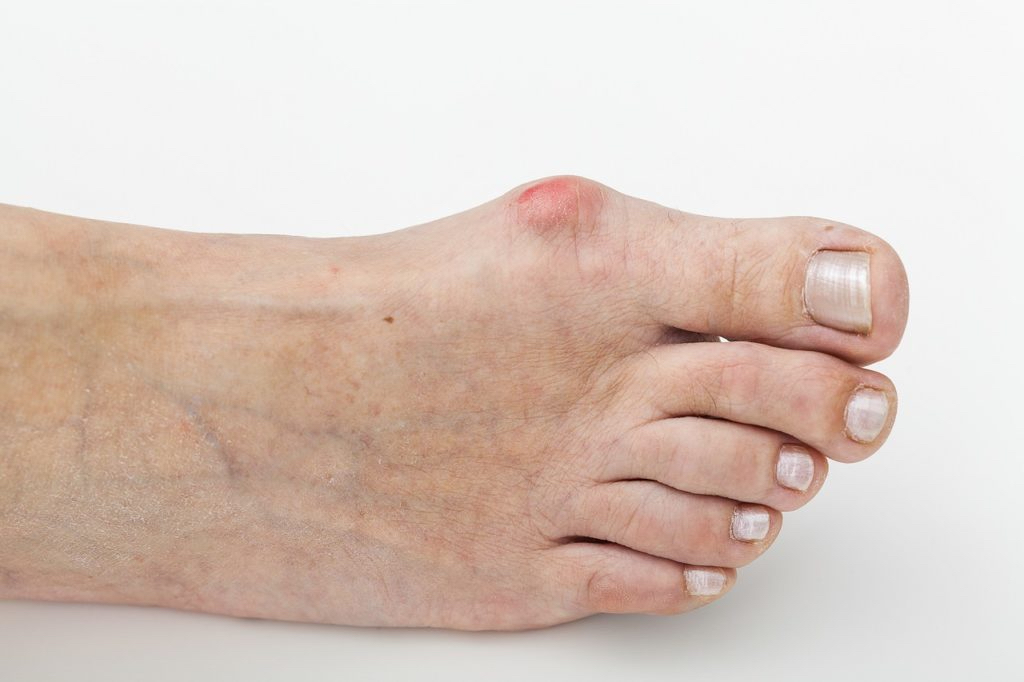
Visual prevention in diabetes patients: The necessary regular visual check
Diabetic retinopathy is a disease of the retina resulting from diabetes mellitus type I and II. This complication of diabetes generates damage to the small blood vessels of the retina layer, which is the light-sensitive tissue at the back of the eye.
This damage can produce an irreparable vision loss, diabetic retinopathy being one of the leading causes of blindness in the Western world.
The primary cause of this condition is poor metabolic control of diabetes, but it still may develop in people following periodic checks.
Hence, the importance of periodic checks of the retina in diabetic patients, even if they have not been diagnosed diabetic retinopathy. Thus, cases with early signs can be detected, and the necessary treatment applied to prevent disease progression and therefore the retinal damage with the subsequent visual loss.
It should be mentioned that, to date, many are the treatments that have been developed for the treatment of diabetic retinopathy according to the degree of development of the disease, among which stand out argon laser, intravitreal injections of antiangiogenic or corticosteroids and vitreoretinal surgery.
In addition to the direct visualisation of the fundus with proper optical technology, optical coherence tomography has been a breakthrough for incipient detection and monitoring of diabetic retinopathy.
These rapid and non-invasive techniques provide high-resolution images of the different layers of the retina after a few seconds. Scientific studies have shown the clinical validity of this technology for the detection of changes in thickness in the region of maximum view of the retina (macula), as well as for the detection of structural abnormalities of its layers occurring in diabetic retinopathy. Currently, the angioOCT technology provides images of fine capillaries in the retina located in the macular region and the optic nerve without injecting dye into blood level, as carried out previously.
All these technologies enable an accurate and secure monitoring of the diabetic patient retina, allowing a fast action whenever there is a change in the retinal structural level. In OFTALMAR, we put at your disposal all the latest technology for proper monitoring and control of your eyes. If you are diabetic, it is important to conduct periodic visual checks by your ophthalmologist-retinologist and ensure the correct status of your retina. Do not hesitate to contact us. Prevention is the best form of health care, do not neglect your eyes and visit your eye specialist regularly.
Dr. María Luisa Ramón




